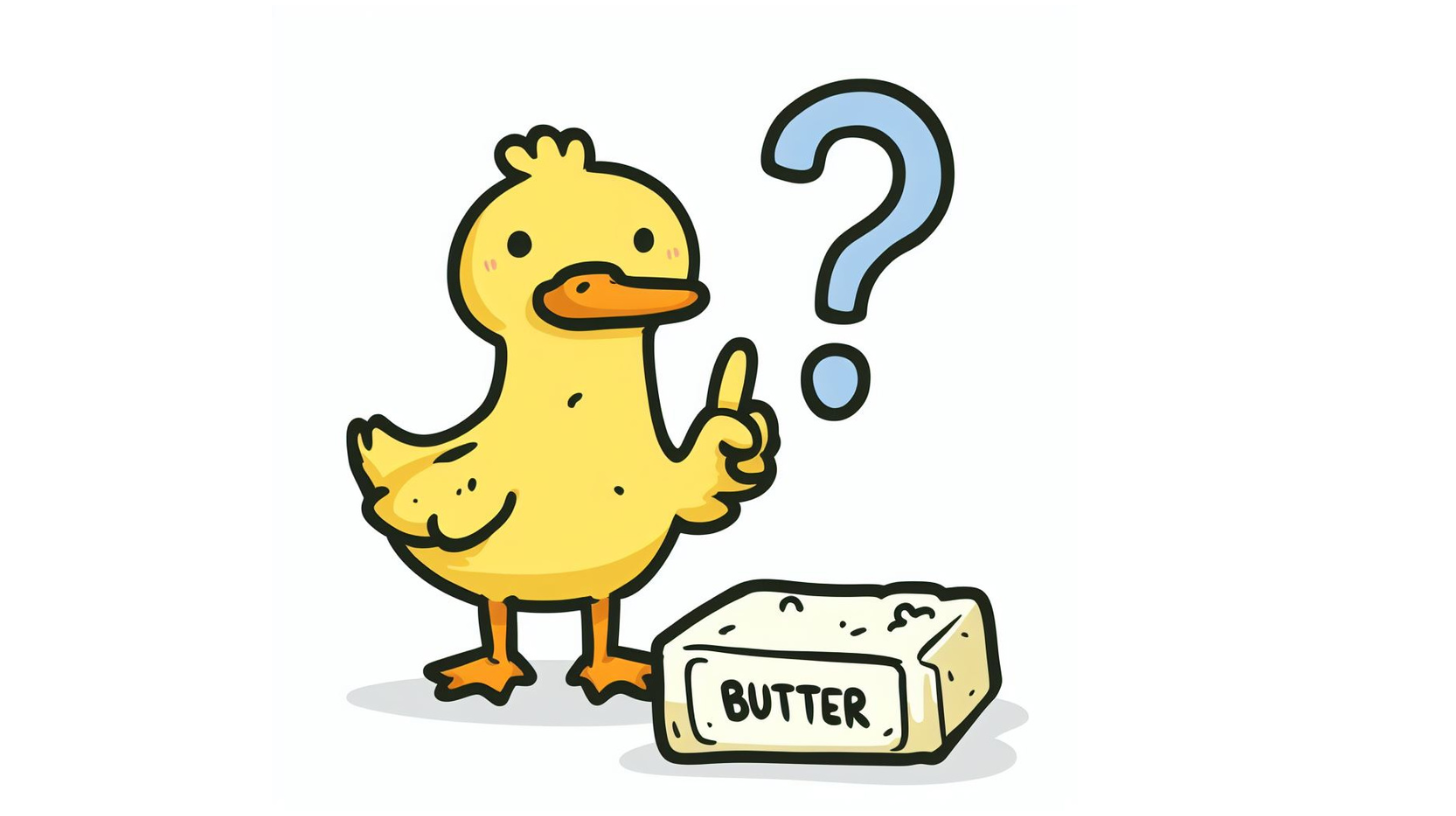Do Ducks Fight To The Death? Exploring the Question

Table of content:
- Why Do Ducks Fight Each Other?
- Do Mother Ducks Fight Each Other?
- Do Ducklings Fight to the Death?
- What Types of Ducks are the Most Aggressive?
- How Do Ducks Establish Dominance in Flocks?
- Do Male Ducks Ever Kill Each Other Fighting?
- Do Ducks Fight Over Food?
- Do Ducks Fight During Mating Season?
- How Do Ducks Fight Their Rivals?
- Can Ducks Injure or Kill Each Other in Fights?
- Final Thoughts
Ducks are often seen as harmless, comical birds that swim in ponds and rivers. However, ducks can demonstrate aggressive and even lethal behavior, especially during breeding season. Male ducks will viciously fight over females and territory, sometimes battling to the death.
Why Do Ducks Fight Each Other?
Ducks are highly territorial animals. They fight with each other to establish dominance, claim prime resources like food and nesting sites, and compete for mates. Some specific reasons ducks get into fights:
Mating Rights
- Male ducks fiercely compete for mating rights. Dominant males will try to fend off rival males from breeding with females. These fights over mating can turn violent.
Territory
- Ducks are extremely territorial over their domain, including nesting areas and feeding grounds. Intruding ducks will be chased or attacked.
Establishing Dominance
- Fighting is used to determine the “pecking order” within duck flocks. Ducks will brawl with each other to establish status and rank.
Protection of Ducklings
- Mother ducks are defensive of their ducklings and may fight other ducks that get too close or threaten their young.
Food
- Ducks will skirmish over prime food sources like dense populations of plants or insects.
Nesting Sites
- Access to safe, resource-rich nesting sites is worth fighting for. Ducks will battle to claim nesting areas near water.
Do Mother Ducks Fight Each Other?
Yes, mother ducks will aggressively fight over their ducklings. A mother duck’s offspring are her sole priority, so she will vehemently defend them against any perceived threat.
Mother ducks may attack other ducks that venture too close to their ducklings. They can also fight over prime nesting sites needed to safely raise their babies. Mother ducks have a strong maternal instinct to nurture and protect their young at all costs.
Do Ducklings Fight to the Death?
Ducklings do not typically fight to the death. Baby ducks may spar with siblings or other ducklings, but these squabbles rarely turn lethal. Any fighting among young ducks is mostly playful and a way to establish order.
However, ducklings can get caught in the crossfire of adult duck battles over territory and mating rights. They may even be intentionally killed by an unrelated adult duck. But ducklings themselves lack the aggression, strength, and bodily weapons needed for fatal combat.
What Types of Ducks are the Most Aggressive?
Some duck species are more pugnacious than others. Male ducks of larger, stronger breeds are generally the most aggressive.
Mallards
Mallards are the most common wild ducks. Males are fierce defenders of territory and mates who will forcefully drive off or attack intruders.
Muscovy Ducks
Muscovy ducks are large, hardy birds that can be very aggressive. They have sharp claws and powerful wings to fend off rivals.
Scoters
Scoter ducks are seaducks known for their combative nature. Male surf scoters are especially territorial.
Mergansers
Mergansers are large diving ducks that eat fish. Males are extremely competitive and will fight viciously.
Australian Wood Ducks
Male Australian wood ducks compete intensely for mates. They will headbutt and claw opponents relentlessly.
How Do Ducks Establish Dominance in Flocks?
Ducks use fighting and displays of aggression to determine the pecking order within flocks. Dominant ducks will establish their status and authority through brute force.
Violent Fighting
The primary means ducks use to establish rank is direct combat. Ducks will repeatedly attack and bite each other to see who succumbs first. These fights can leave ducks bloodied and injured.
Threat Displays
Dominant ducks will puff up their feathers, spread their wings, arch their necks, and charge at subordinates to intimidate them.
Forced Retreat
Lower-ranking ducks are forced to yield territory and resources to dominant fowl. Their retreat solidifies the victorious duck’s superior status.
Access to Mates
The duck that mates with and protects the most females is the alpha. Lesser males are excluded from mating rights.
Prime Nesting Sites
The dominant ducks claim the safest nesting grounds near water. Subordinate ducks are left with marginal areas.
Do Male Ducks Ever Kill Each Other Fighting?
Male ducks can and do kill each other in brutal fights, especially over mating privileges. Two male ducks battle for dominance and females can easily turn into a fight to the death match.
Male ducks have several natural weapons that can inflict lethal injuries:
- Powerful Wings – They can batter opponents with bony wingtips.
- Sharp Claws – They can shred rivals with clawed feet.
- Aggressive Biting – Their strong bills can crush and puncture vital areas.
- Raking Spurs – Dangerous kicking spurs on their feet can eviscerate foes.
When two evenly matched male ducks engage in unrestrained combat, they can end up beating, slashing, or biting each other to death. These fatal fights are most common during the breeding season when hormones and competition peak.
Do Ducks Fight Over Food?
Ducks will aggressively defend food resources, especially when resources are scarce. Prime feeding grounds with ample vegetation and insects are worth fighting over.
Dominant ducks will chase away subordinates from the best food sources. They may bite, hit with wings, or threaten bodily harm to maintain their feeding priority.
Ducks also aggressively steal food from each other. A duck will try to displace another duck from choice food finds. These food fights can escalate to physical confrontation.
Ultimately, access to nourishment impacts survival and reproductive success. Food fuels growth, health, and egg production, so ducks fiercely protect their dietary interests.
Do Ducks Fight During Mating Season?
Duck fighting reaches its zenith during the breeding season. As ducks compete for mates and breeding grounds, violence inevitably ensues.
When females enter estrus in springtime, males become hyper-aggressive and territorial. Their testosterone and sex drive skyrocket, evoking fierce competition.
Dominant male ducks will chase off and attack subordinate males approaching fertile females. They will bite, strike, and grapple with the tenacity and ferocity needed to secure their genetic legacy.
Mating season fighting has a direct purpose – to monopolize reproduction. Male ducks want to sire as many offspring as possible, compelling them to battle mating rivals.
How Do Ducks Fight Their Rivals?
Ducks have a range of skills and adaptations tailored for fighting:
Biting
A duck’s bill is its multipurpose weapon. Ducks bite aggressively and can deliver painful, tissue-crushing chomps. Targeted biting aims to incapacitate rivals.
Wing-Beating
Ducks can hammer opponents with bony wingtips. They’ll beat their wings to batter enemies and drive them away.
Kicking
Sharp claws on duck feet can inflict serious wounds. Forward-kicking ducks can eviscerate rivals.
Charging and Tackling
Some ducks attack by forcefully charging and body-slamming their challengers. Their weight and momentum can overpower foes.
Grabbing/Pushing
Ducks will grab rivals by the neck or body feathers and attempt to force them underwater to drown them.
Threat Displays
Dominant ducks use bluffing behaviors like charging and feather-spreading to intimidate without contact.
Can Ducks Injure or Kill Each Other in Fights?
When ducks fight, they can and do severely injure or kill each other on occasion. Here are some danger zones on a duck that can receive fatal injuries:
Head
Ducks aim for the head when biting. Puncturing the skull, eyes, or major blood vessels is lethal. Ripping off the scalp kills ducks.
Neck
The neck is vulnerable to biting, whacking, and breaking. A broken neck or ruptured arteries/airways can kill ducks.
Wings
Shattering wing bones with bites impairs flight and can lead to starvation or predation.
Chest
The ribcage protects vital organs but can be smashed in fights. Ruptured lungs, air sacs, and hearts are deadly.
Abdomen
Belly-raking kills ducks by disemboweling them. Sharp claws open the abdomen, spilling internal organs.
Legs
Biting or breaking critical leg bones leaves ducks crippled and unable to walk, swim, or forage.
So while not all duck fights end in death, the potential for lethal harm still exists. Stakes are high when competing for survival and reproduction.
Final Thoughts
While ducks are symbols of serenity, they frequently resolve conflicts using their beaks, feet, wings, and brute strength. The pressures of natural selection have made ducks determined competitors when vital resources and reproductive rights are at stake. Winners enjoy the spoils while losers pay the price. This is the harsh reality behind ducks’ capacity for fatal combat. While duck mortality is rare, it occasionally occurs when competing interests boil over in the fierce struggle for survival and mating dominance.
Welcome. I’m Adreena Shanum, the proud owner of this website, and I am incredibly passionate about animals, especially poultry. I founded adreenapets.com as a labor of love, stemming from my desire to share my knowledge and experiences with poultry enthusiasts worldwide.




